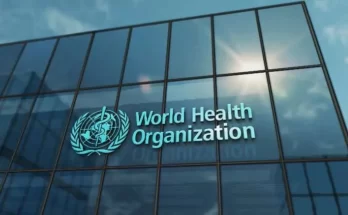If the ongoing regional tax approach in Eastern Africa is anything to go by, the manufacturing sectors particularly in Kenya and Uganda will be the worst hit.
Coupled with the long queues in petrol stations prevalent in East African top economies like Kenya due to the ongoing unrest in Europe heightened by the Russian-Ukrainian crisis, the manufacturing sector is about to be hit with newer realities of paying an increased tax.
This increased tax is a combined effort by East African countries, especially under the aegis of the East African Community where a unified policy on the fourth band of the Common External Tariff, CET is at its finalizing stages.
Importers of beauty products, textiles and motor vehicles are key players in the economy that should take part in the increased tax regime as proposed by the regional approach.
More on the CET Arrangement
Taxmobile.Online gathered that the CET arrangement has been on the table for a while now and it proposes tax reforms that affect importation among other key areas of the import-dependent East-African economies and touches on the major players in the region.
Going by the negotiations to adopt the fourth band, the new agreement proposes a 35 percent maximum CET rate. This is against the 25 percent rate that is currently obtainable.
Technically,The CET is considered an important instrument of EAC Customs Union Protocol as it determines the tax paid on imports from outside the region.
Going by current CET, raw materials attract zero percent tax, intermediate goods 10 percent and finished products attract 25 percent levy.
Most of the products considered for a maximum CET rate (the fourth band) are under the EAC priority value chains as provided for in the EAC Industrialisation Policy (2012-2032). They include textiles, iron, steel and motor vehicles.
Similar Trend in West Africa
In the West African region of the continent, a similar approach is available under the auspices of the Economic Community of West African Countries, ECOWAS.
West African countries like Nigeria are gradually migrating from the regional framework captured under The ECOWAS Common External Tariff (2022- 2026).
The policy is a Common customs nomenclature based on the harmonized system of description and coding of goods (HS) adopted by the Community.
It is a 10-digit Tariff and Statistical Nomenclature defining the list of goods making up the Tariff and Statistics Nomenclature categories of the CET.
It is the application of the same customs duties, import quotas and preferences by a group of countries in a customs union.
The import duties, quotas and preferences apply to goods entering the region of the customs union irrespective of the country of the first entry of the goods.
For instance, it stipulates duty on foreign used cars at the rate of 20 percent while Chapter 98 of the CET highlight that bona fide assemblers import Completely Knocked Down (CKD) and Semi-Knocked Down (SKD) are to enjoy a concession of zero percent and 10 percent Duty rate.
The above is with a caveat that within ECOWAS, duty rates for the same items are five per cent and 10 percent.




